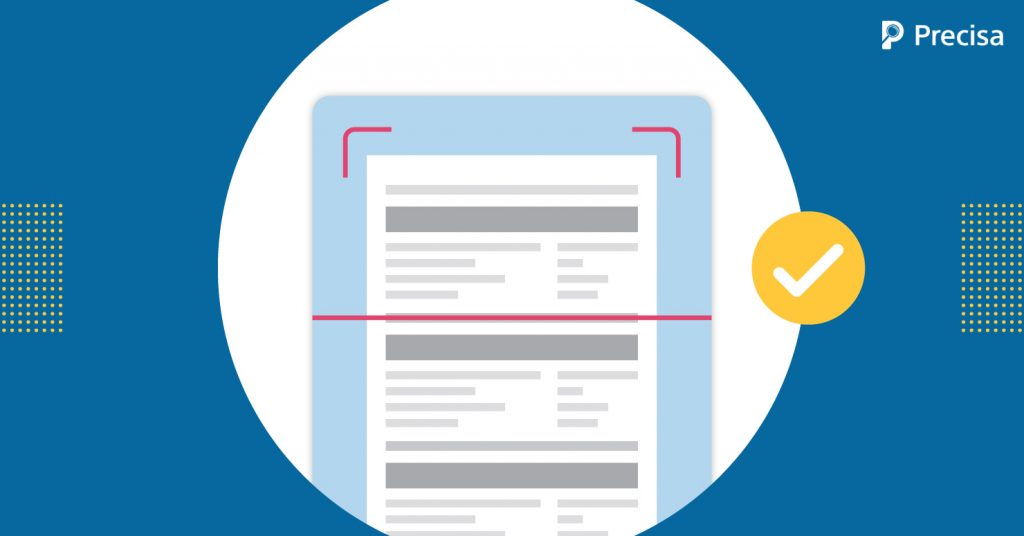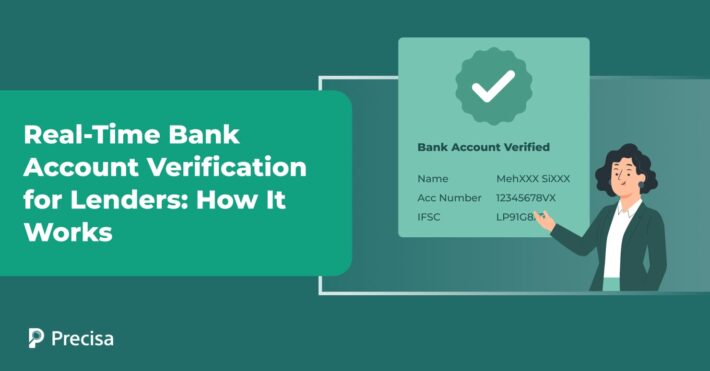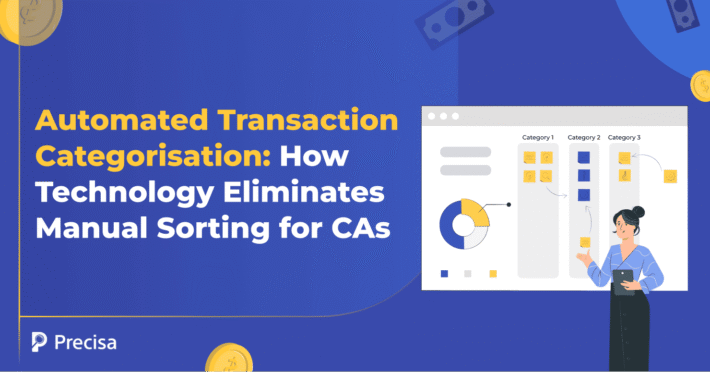Web Bank Account Analyzers for loan Decision-Making: How Effective?

The throbbing heart of banks and NBFCs is the process of lending money. It drives their revenues and keeps the ship sailing. The value of loans in India increased 5.70 per cent on a year to year basis by June 4th 2021 (source: Reserve Bank of India). But the alarming rates of bad loans and NPAs keep these institutions on the edge.
Enter the Bank Statement Analysis tool. It dives deep into the bank statements and extracts crucial data to obtain meaningful information about the borrower. These include any recurring transactions, pending loans, income, and other factors to authenticate credibility of the borrower. The banks use Bank Statement Analysis tools to check the ability of the applicant to repay the loan.
In short, these tools are an effective security checkpoint to prevent any risks of defaults.
What Is The Need For A Bank Statement Analysis Software?
Bank statements can go on for several pages. This makes the process of going through them manually and analysing them an extremely cumbersome and error-prone process.
Bank Statement Analysis (BSA) software uses AI to automate the cumbersome task, thus saving both your time and effort involved in the monotonous and repetitive task. The time saved can be used to process more bank statements with less errors, making the process smooth and efficient.
How Is Bank Statement Analysis Effective For All Types Of Borrowers?
- In the case of individual borrowers, the bank statement analyser can be an essential tool for income verification, spending pattern analysis, and provide a complete picture of the income and expenditure of an individual. In the past year, there was a 26.9% increase in the number of personal loans (source: Bank Bazaar)
- For businesses, bank statement analysis provides the cash inflow and cash outflow based on payment from customers or paying vendors.
- It is an effective and simple way to reconcile customer payment.
- Bank statement analysis throws light on the non-payment, default and insufficient funds of an individual or a business. This is a very effective way to check the credibility of an individual or a business while giving out loans.
Simplifying The Lending Process Through Bank Statement Analysis Software

Analysing the bank statement is one of the safest and most straightforward ways to assure an applicant’s creditworthiness. Here, we will explain the four most crucial ways how a thorough bank statement analysis can mitigate risk and ease lending loans.
1. Analysing Cash Balance To Simplify Lending Decisions
The evaluation process can be simplified by simply analysing an applicant’s positive cash balance in the bank account statement. The cash balance shows the amount available to the applicant at that time. It is also an indicator of how well the borrower manages his/her cash flow.
Positive cash flow indicates that the borrower knows how to manage his/her money, thus increasing the chances of loan repayment in the future. On the other hand, negative cash flow is a red flag for lenders because it reflects mismanagement of finances by the borrower. Therefore, the simplest rule to follow is that the higher the loan application amount, the higher the balance should be in the applicant’s account.
To know more about cash-flow based lending, read: Everything You Need to Track During Bank Statement Analysis for Cash Flow-Based Lending.
2. Analysing Deposits To Simplify Lending Decisions
Regular deposits in the bank statement indicate the financial stability of the borrower. A steady source of income can indicate profitable business transactions. Therefore, the financial institutions issuing the loans should look for steady income sources as it increases the chances of the borrower paying back the loan in time.
Sporadic and hefty deposits made right before the time of application should necessitate a proper justification, and a careful analysis is essential before issuing the loan.
3. Analysing Withdrawals And Liabilities To Simplify Lending Decisions
A critical analysis of bank statements must be done to check for hefty and sporadic withdrawals made from the account before the loan application. In addition, frequent withdrawals of a particular amount must also be analysed as it can be some undisclosed loans or recurring debt that needs to be paid off regularly.
The key to getting clarity over the bank statement is to deduct the business liabilities from the average monthly profit. This provides a realistic view, and any discrepancies come to light if managed in an informed manner.
Lenders must ask the borrower to disclose any such liabilities with the financial institution that are not disclosed in the bank statement submitted. Suppose the regular deposits in the account are greater than the withdrawals or liabilities. In that case, it is safe to offer the loan because the borrower has the capability to pay it off in time.
4. Analysing Cash Overdrafts To Simplify Lending Decisions
A cash overdraft is a bank account having a negative cash balance. This situation usually arises when a person or business assumes the deposited funds have cleared the bank and writes checks for which funds are unavailable. This is a vital indicator that the applicant struggles with his finances, and it would likely cause difficulty in paying back the loan.
Expert Summary
Every financial institution has its own unique set of guidelines to analyse the application of a loan applicant and decide whether or not the applicant has the ability to pay it back in time. The bank statement is just one of those factors but is perhaps the most important one.
A bank statement provides a comprehensive overview of an applicant’s credibility and financial conditions, and lenders must carefully analyse them for risk-free loan distribution. In addition, the spending habits and cash flow management give a concise picture of the borrower’s financial standing and how well the finances are managed.
Precisa is a Bank Statement Analysis tool that scrutinises even the tiniest details in bank statements to ease the decision-making process. The software performs an online assessment of the numerous pages of a bank statement, automated to enable faster and accurate decision-making in less time and lower cost. It takes into account all the vital details and helps decide on behalf of the vendor.
In addition, the feature red flags any fraudulent statements, circular transactions, irregular payment patterns, and other possible threats that might result in NPAs for the lender via the bank statement analysis. This helps the lenders check the borrower’s credibility and make an informed decision when giving out loans. Try out Precisa with a 14 days free trial.
Read the following blog post to Find out How Small-Scale Lenders Can Benefit From Bank Statement Analysis.



